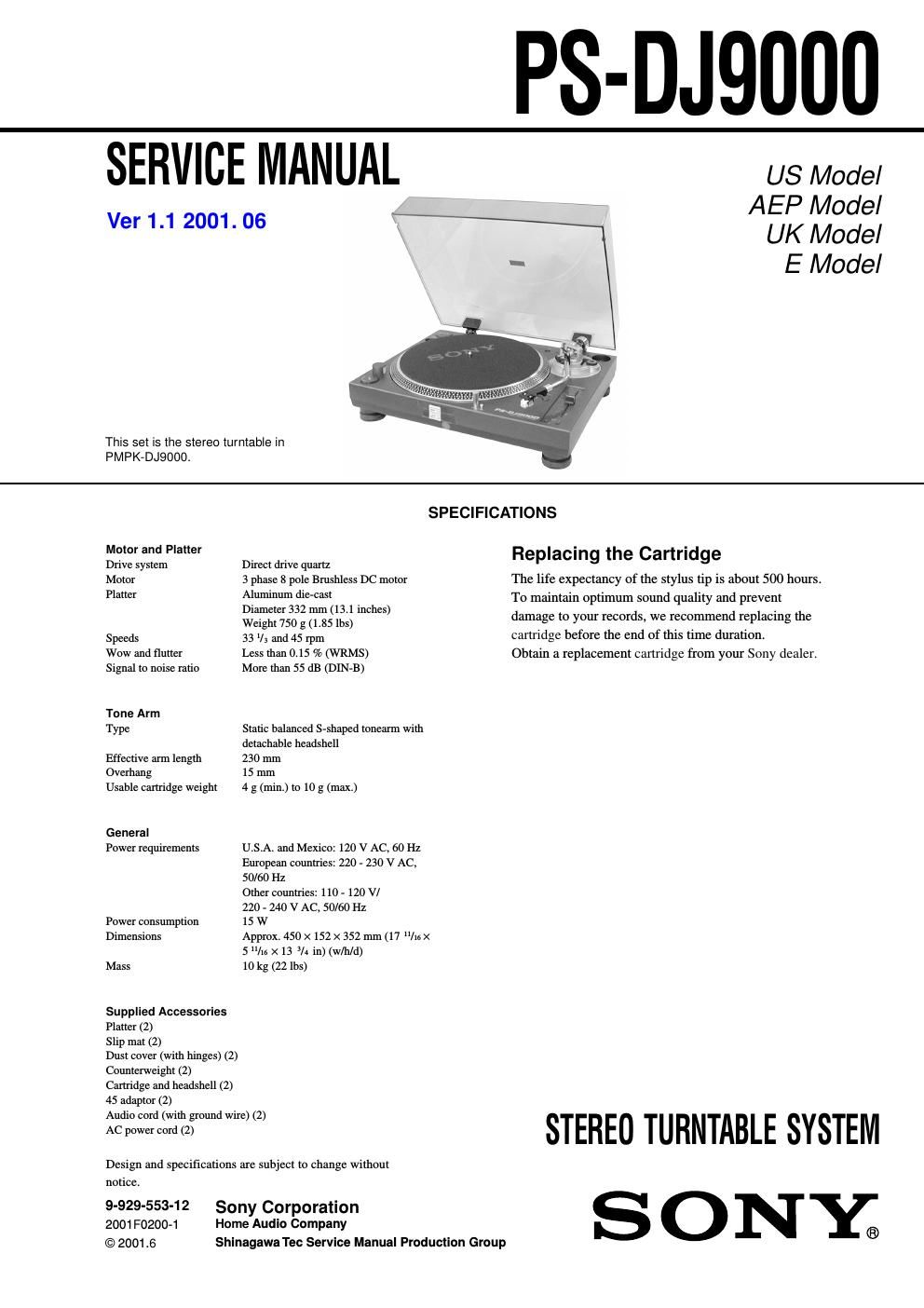Sony ps dj9000
This is the 16 pages manual for sony ps dj9000.
Read or download the pdf for free. If you want to contribute, please upload pdfs to audioservicemanuals.wetransfer.com.
Page: 1 / 16

This is the 16 pages manual for sony ps dj9000.
Read or download the pdf for free. If you want to contribute, please upload pdfs to audioservicemanuals.wetransfer.com.
